How Many Chinese Restaurants Are There in the US?
Over 36,000 Chinese restaurants exist in the United States according to Restaurantji. More than a third of restaurants (37,3%) are located in just four states – California (13,8%), New York (10,7%), Texas (6,8%), and Florida (6%). The states with the least amount of Chinese restaurants are South Dakota, Wyoming, and North Dakota – they only have 150 restaurants combined.
A vast majority of Chinese restaurants in the US are reasonably priced - over 34,000 of them (95,3%) are in the $ to $$ price range. The largest Chinese food chain in the US is Panda Express, with over 2300 locations across the county. This is nearly 6% of all Chinese restaurants and 75% of all Chinese restaurant chains. P.F. Chang's, Pei Wei, and Hibachi Grill are among other known Chinese restaurant chains.
How Chinese Food Became Popular in the US?
It all started in 1849 in San Francisco, California, where the first known US Chinese restaurant - Canton Restaurant - opened. Chinese food places across California were called "chow chow houses" and became popular because of their taste and low prices. During the 1920s, chop suey restaurants were seen as a cool way for Californians to spend an evening out — despite the fact chop suey wasn't real Chinese food. It was invented in America by Chinese immigrants, and means, funny enough, something like "leftovers."
A survey by the National Restaurant Association showed that in 1989, Chinese food was eaten more often than 19 other types of food, according to Yong Chen’s essay "The Rise of Chinese Food in the United States".
Why Do Americans Love Chinese Food?
Chinese food is very popular in the US for many reasons. One of them is the different cooking methods like stir-frying, deep-frying, steaming, boiling, roasting, and braising. Another is seasonings and spices that make Chinese food full of its unique taste. Popular ingredients include soy sauce, oyster sauce, black bean sauce, star anise, five-spice powder, and Sichuan peppercorns. The various cooking styles and lots of spices are why people love Chinese cuisine so much. One of the most well-liked dishes is Kung Pao Chicken - over 90% of all Chinese restaurants in the US have it on their menus.
8 Culinary Traditions Of Chinese Cuisines
Cantonese (Guangdong) - With access to the coast, this cuisine makes great use of imported foods and fresh seafood along with almost all edible meats except lamb and goat. It's known for dim sum, barbecued meats like char siu pork, and clear broths. Wok cooking techniques are prominent.
Fujian - Influenced by its coastal, mountainous terrain, this cuisine frequently uses seafood, mushrooms, bamboo shoots and other woodland ingredients. It emphasizes umami flavors in light yet flavorful dishes like the lavish Buddha Jumps Over the Wall soup made with many expensive delicacies.
Jiangsu - With several distinct styles like Huaiyang and Yangzhou, this cuisine is prized for exquisite cooking techniques that keep meats tender yet firm. It's also celebrated for artistic plate presentations of dishes like sweet and sour squirrel-shaped fish.
Anhui - Though similar to Jiangsu cuisine, Anhui style puts less emphasis on seafood and more on locally grown herbs, vegetables, and distinct dishes like stinky tofu (fermented and deep-fried tofu) and smelly mandarin fish cooked in a spicy bean sauce.
Shandong - An influential northern cuisine with two main styles - the light seafood-based Jiaodong style and the soup-based Jinan style that gives broths a central role. Classic Shandong dishes include braised chicken, sea cucumber and the original moo shu pork.
Sichuan - Renowned for its bold, uncompromising flavors and use of Sichuan peppercorns that create a unique mouth-numbing sensation. This fiery cuisine also makes liberal use of preserved ingredients like pickles and salted items in popular spicy classics like mapo tofu and kung pao chicken.
Hunan - Like Sichuan food, Hunan cuisine is famous for being intensely hot and spicy, generously using chili peppers, garlic and shallots. However, the heat is purely spicy rather than mouth-numbing. With many agricultural specialties, it creates distinctly fragrant, fiery yet humble home-style dishes.
Zhejiang - Generally lighter and fresher, this coastal cuisine features four main styles utilizing abundant seafood and ingredients like bamboo shoots and Jinhua ham. It's known for steamed, braised and drunken seafood dishes, beggar's chicken and soupy xiao long bao dumplings.
Most Popular Chinese Dishes in The US
Restaurantji analyzed hundreds of thousands of user reviews from Chinese restaurant pages to find out which American-Chinese dishes people talk about most positively. And here are the results we came up with:
Orange Chicken - no wonder this particular dish was among the leaders in mentions in positive reviews. Orange chicken originated as a simple stir-fry with a citrus-flavored sauce made from orange peels in Guangdong, China. When Chinese immigrants opened restaurants in America, the dish evolved to cater to American tastes. Chefs started deep frying the chicken and creating sweeter, thicker sauces. This led to the development of the crispy, sweet orange chicken dish that became immensely popular in Chinese-American restaurants.
Panda Express reported selling over 65 million pounds of its iconic orange chicken dish in 2013 alone, showing how popular this dish became with Americans.
Here are some of the best spots across the country to try it yourself:
P.F. Chang's in Gainesville, FL
Sichuan Pepper Express in Houston, TX
Morimoto Asia in Lake Buena Vista, FL
Egg Drop Soup - Egg drop soup has been around for a very long time, but its origins are quite sophisticated. In imperial Cantonese courts, it was a way for chefs to showcase their skills by swirling eggs into a clear broth made with rooster and Jinhua ham to create a flower-like gelatin texture.
The name "egg drop soup" comes from the way it's made - dropping beaten eggs into hot broth or stock. In Chinese, it's called "egg flower soup" because the swirling egg creates flowery patterns. It is made from eggs, chicken broth or stock, rooster meat, Jinhua ham, and seasonings like salt, white pepper and sesame oil.
Some of the best places to try:
Great China in Albuquerque, NM
Blossom Chinese & American Cuisine in Saratoga Springs, UT
China Inn Restaurant in West Branch, MI
Wonton Soup - Wontons have been around since the Qing Dynasty in China. Originally a dish for rich families, wonton soup became more common after World War II. It is now a very popular Chinese dish eaten all over the states, with many different versions.
Wonton soup is served by first placing a spoon in the bowl, then wontons, garnishes like green onions, and noodles stacked on top. Hot broth is then poured over everything. Some restaurants serve the wontons and noodles separately from the broth so you can eat them individually if you prefer.
Restaurantji suggests these restaurants to try Wonton Soup:
Wu's Wonton King in New York, NY
Ding Ho Restaurant in Columbus, OH
Dragon Gate Restaurant in Parma Heights, OH
Chicken Fried Rice - Fried rice has been around since the Sui dynasty in China from 589-618 AD. It was created as a practical way to use up leftover cooked rice. People would stir-fry the leftover rice with whatever other ingredients they had on hand, like vegetables, meat, and soy sauce. The version called golden fried rice gets its yellow color from mixing the rice with egg yolks before stir-frying it. Fried rice was originally made to prevent wasting food by using up leftovers.
Visit these places to try the good old Chicken Fried Rice yourself:
Taste of Asia Halal in Charlotte, NC
Hong Kong Kitchen in Hammond, IN
General Tso's Chicken – General Tso’s Chicken is a tasty mix of sweet, savory, spicy and tangy flavors with crispy fried chicken pieces. It's a super popular Chinese takeout dish that hits all the right spots!
The name comes from the Hunan province of China and a respected military leader called General Tso. But some people say it may have actually been brought to the US by Taiwanese chefs.
Either way, we know it became one of the most beloved Chinese foods in America, because of crispy chicken coated in a sticky, spicy, savory sauce
Based on the analysis of the reviews, Restaurantji recommends these restaurants:
Emerald Garden in Shrewsbury, PA
King's Asian Chef in Springfield, MO
Chen's Chinese Restaurant in Glen Allen, VA
Fortune Cookies Come from Japanese Immigrants
Fortune cookies are associated with Chinese-American restaurants, but their roots trace back to Japanese immigrants. At the rise of chop suey restaurants popularity in the 1920s-1930s, many Japanese immigrants also owned the restaurants. In 1914 in California, a Japanese-American owned tea garden started to hand out cookies with “thank you” notes tucked inside.
Most "Chinese" or "Asian" Salads Were Invented in America.
Jennifer 8. Lee, the writer and producer of the documentary "The Search for General Tso", says that Chinese chicken salad and other so called "Asian" salads were born in the US, not in Asian cuisines. Chinese people usually cook their greens rather than eat them raw in salads. The word "Chinese" is often used in the US for dishes that don’t have Chinese origins. Chinese people refer to their cuisine as just "food" with no need to specify it as “Chinese”.
Take-Out Containers Are Also an American Invention.
American-Chinese take-out food is often associated with the red-and-white paper cartons with a picture of a pagoda on them. Well, these containers are about as American as it gets. Originally called "paper pails", they were invented by Frederick Weeks Wilcox in 1894 in Chicago. In the 1970s, a designer from Fold-Pak, a company that made these paper pails, added iconic red pagoda artwork and "thank you" lettering that is now strongly associated with these containers.
Must-Try Restaurants
“Such amazing food! You can tell that the chef takes pride and her work and care with the food she prepares. It was hands down the best Caesar wrap I have...”
“Very good, but everything tasted a tad too sweet. Kung Pao was very good, but California rolls and orange chicken were just mediocre. I ordered a glass o...”
“It was a great experience and our server Rachel was wonderful. Did not rush us and was on top of everything.Vegetarian options: Good!”
“Yerin was amazing! We had a wonderful experience at the Steamy Piggy. The atmosphere and service was great. It was our first time visiting but we will be...”
“Yum curry fishball cheong fun, get all the sauces! Really great cold HK style milk tea as well.”
“Authentic Chinese Food with very good taste. The price is reasonable for the taste and quality.”
“Everything is delicious and fresh. The best Chinese food in the tri-state area. I highly recommend it!”
“super good food and drinks! we ordereddongpo porkbeef shankbeef cubesgarlic pea shootsgolden fish fillet10/10 everything!”
“Food was nothing special. I was told this is the best Chinese place in town but it’s average, I can get the same quality from just about any other Chines...”
“We are so glad we tried this restaurant! The atmosphere is beautiful, the windows make it nice and bright and the food and service were great! Angela, ou...”
“Jonah provided AMAZING service, was very friendly and made some great suggestions for our meal choices ?”
“James was an awesome host will love to come back to PF Chang again!! Good was sooo yummy !!Vegetarian options: Vegetarian options were sooo yummy !!”
“Like many other folks over the past couple of weeks, a friend pointed out the recent video review of a place that's been in business 20+ years I nev...”
“It was delicious, fun, and welcoming! The servers were quick and friendly and provide excellent service! Our server Jake was super fantastic!!”
Recently Opened Restaurants
“I haven't gotten very deep into this menu, but I have visited two stores in the SoCal area (Ontario and Chino Hills) and found the quality to be exc...”
“Food is really great! Their combo bowls are delicious, and they also sell red bean buns individually. Be sure to try out their lychee juice. The restaura...”
“First time trying this place out. Its convenient that they have a kiosk for us to order from the menu.I ordered the scallion pancakes. They will ask for ...”
“Good service, very nice staff! But the food is bad. The fried rice was undercooked, orange chicken was soggy and bourbon chicken had basically no flavor....”
“Appears to be a small family owned restaurant, buffet was good but slightly limited in selections, good service”
“Got the 2 side 2 meat combo and they filled up the box. Orange chicken was seasoned well and crispy and bourbon chicken was nice and juicy. Fried rice an...”
“Waited an hour for my delivery. The driver contacted me 3 times that my address came up incorrect. The driver won’t answer his phone and the restaurant w...”
“The food is tasty, especially the Kung Pao Chicken and Fried Rice.The waitstaff is friendly and makes you feel comfortable.The environment is clean. I lo...”
“Great soy chicken with donuts. It's worth the finding the location. Donut was delicy”
“This place serves the most amazing xiao long bao I've ever had. The skin is very thin and the filling is incredible.”
“I love this place. The people are so nice and the food is so good. Order the chicken wonton soup!!”
“Randomly gave this food truck a try and was super impressed. The egg rolls were bomb!Cash and zelle only”
“Visited on high recommendation of a friend. We were impressed by the exceptional food, value, atmosphere and service. Our group tried several items on th...”
“I'm very impressed with my dishes. The service is good. The person that's taking order is helpful, nice and polite. I went in before lunch time...”
“So glad they opened one out here in Vallejo to try out :) it is located in one of the busier plazas of Vallejo so traffic can be a bit of a concern aroun...”
Recent Reviews
“Their food has always been good, soups are good. Convenient and affordable. Eat in but take out for home is recommended. Inside eating area could / shoul...”
“Spent a lot of money here over the years had a couple of bad orders they never made it right never tried to make their customer happy they don't res...”
“We ordered the Beef and Broccoli also eggrolls. We have ordered there before, same items. The beef was fatty and tough, had to discard it. Our choice is ...”
“the food was, amazing and helpful workers that made me laugh, the food was amazing too and they refilled my drink before it even ran out 10/10”
“The female answering phone is hard to understand and hung up on me .Few minutes later they call back so I place my order. Pull up to the front and it lo...”
“Best Vietnamese restaurant in Reno. We ate here for the first time last night and can’t wait to go back. The two waitresses were so lovely and ...”
“Absolutely awful. For the amount of money you pay the food should be better. I wouldn't eat here again if the food were free. Nasty nasty nasty”
“Excellent service, very professional and friendly staff. Food was served hot and was delicious. Enjoyed our experience with P. F. Chang's.”
“Excellent value, quality food, great service. It could be cleaner but I know running a restaurant this big is a massive job. Love the place and the kids ...”
“I ordered egg foo young and it was like eating a bowl of grease. I called them and they said too bad. No refunds. and they wouldn't remake it. I wil...”
“Not very friendly when I entered. Placed my order , waited. Ordered chicken and pork fried rice. Rice was very , very dry it was not freshly cooked. Pro...”
“Colton was a great server and he got me my meal speedily and efficiently. Overall he was a great server and I was happy to be served by him and would rec...”
“Ordered the food online, feast for 4, including Signature Chicken Lettuce Wraps. When picked up the food and got in the car, realized that Lettuce Wraps ...”
“Our first time here, very pleased. Food was great potions were huge. Glad to have a Chinese restaurant in town”
“I love their food but come on 20 something dollars for some prawn fried rice. I remember when you can get the same thing for 4 or 5 dollars. Not buying...”
Recently Updated Menus
“Updated for MENU - their website doesn't work.Can't speak for others. We've gotten good experiences here for some time now.Notably, this i...”
“I decided to try a new place for Chinese takeout. Food was delicious, fresh and not oily. We got the Wonton soup, Shrimp in garlic sauce and Shrimp and...”
“Chow mei fun noodles stuck together and slightly burnt, never got sweet sour sauce with pupu platter, garlic sauce chicken and broccoli , broccoli like i...”
“Food was cooked fresh the dumplings were good and full with meat.Everything else tasted like the oil or grease was not fresh oil and dripping out of ever...”
“I come from Florida and have never seen Chinese food as authentic as this, it is very delicious”
“They messed up my order but made it right by making me a new one and the food is really good so they’re OK in my book”
“I’ve been coming here for years and it is always my go to. The food is great! The restaurant is clean and the owner is very friendly!”
“I’ve lived all over the world and had Chinese in-laws. I know what good authentic Chinese food is and this place is a hidden gem. Every flavor was right ...”
“The food was great, ordered Shrimo Lomein, chicken wings and fries, pepper steak, we loved it”
“My wife and I have been searching for a Chinese restaurant on the west side of town. We have tried several othet places near us. But today we tried Wok o...”
“Local mom and pop Chinese takeout with good wok hei on their chowfun and reference taste in their chop suey. Good prices and portions. One of the better ...”
“I have been getting take out here for myself and family for at least 15 years now. It’s always been a great choice. Thank you for all you do.”
“Decided to stop here on my lunch break. I placed an order and was told that I would be charged and additional $5.00 to have my rice in a separate contain...”
“Almost didn't stay because the place had a forlorn deserted look. Most of the dining room was blocked off with random items for sale. We got the chi...”
“A perfect corner street Chinese food place. The food was ready on time and delicious. It's on a weird intersection so parking can be ”


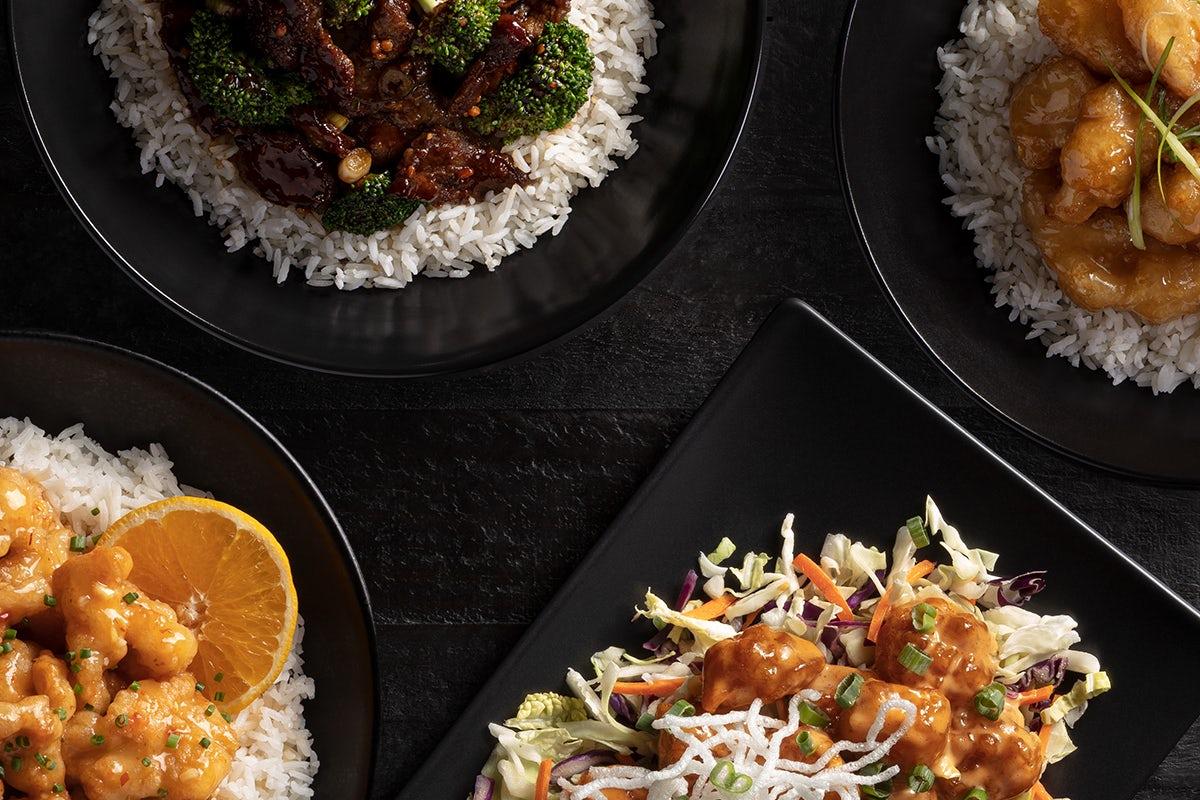
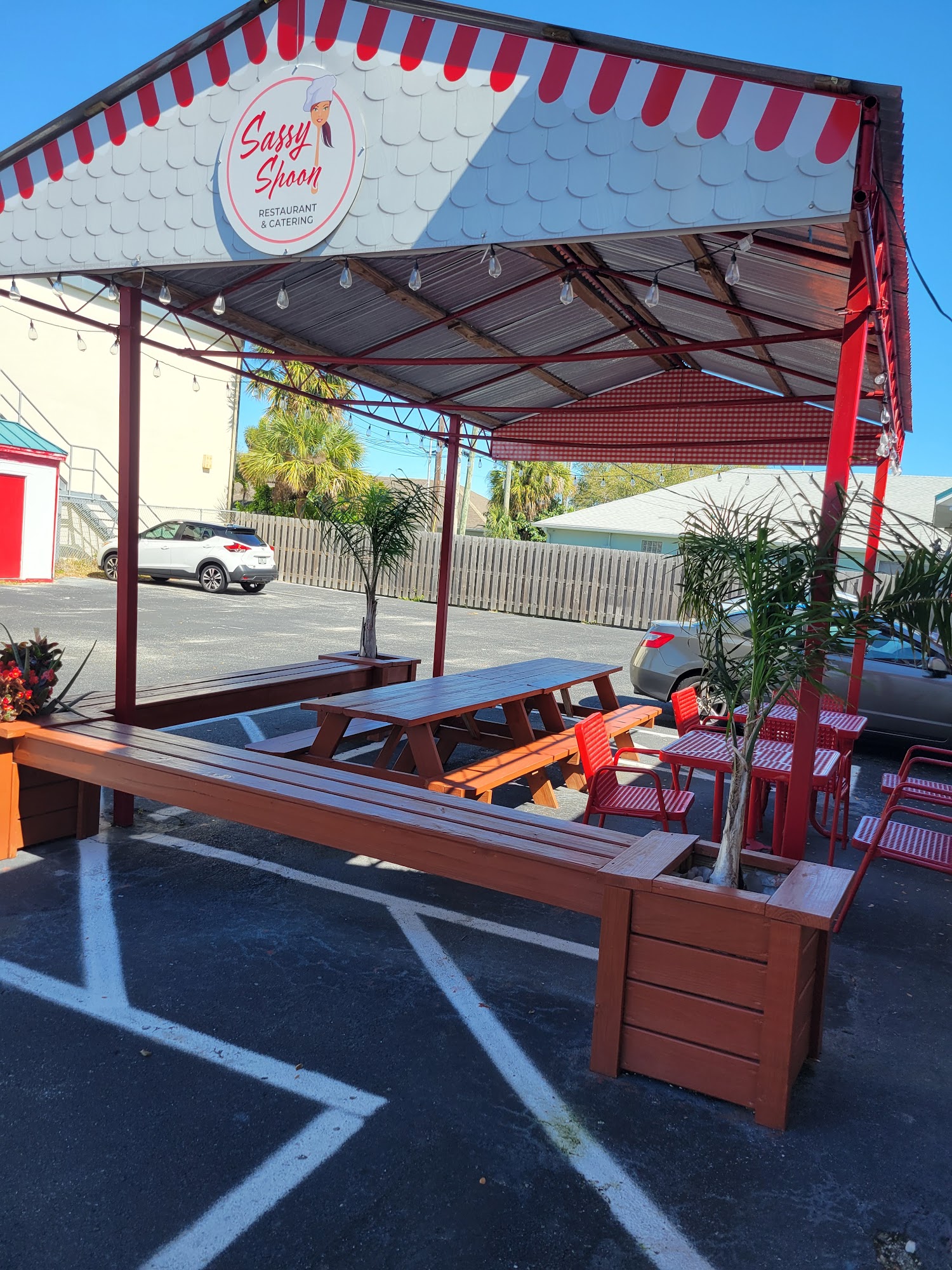


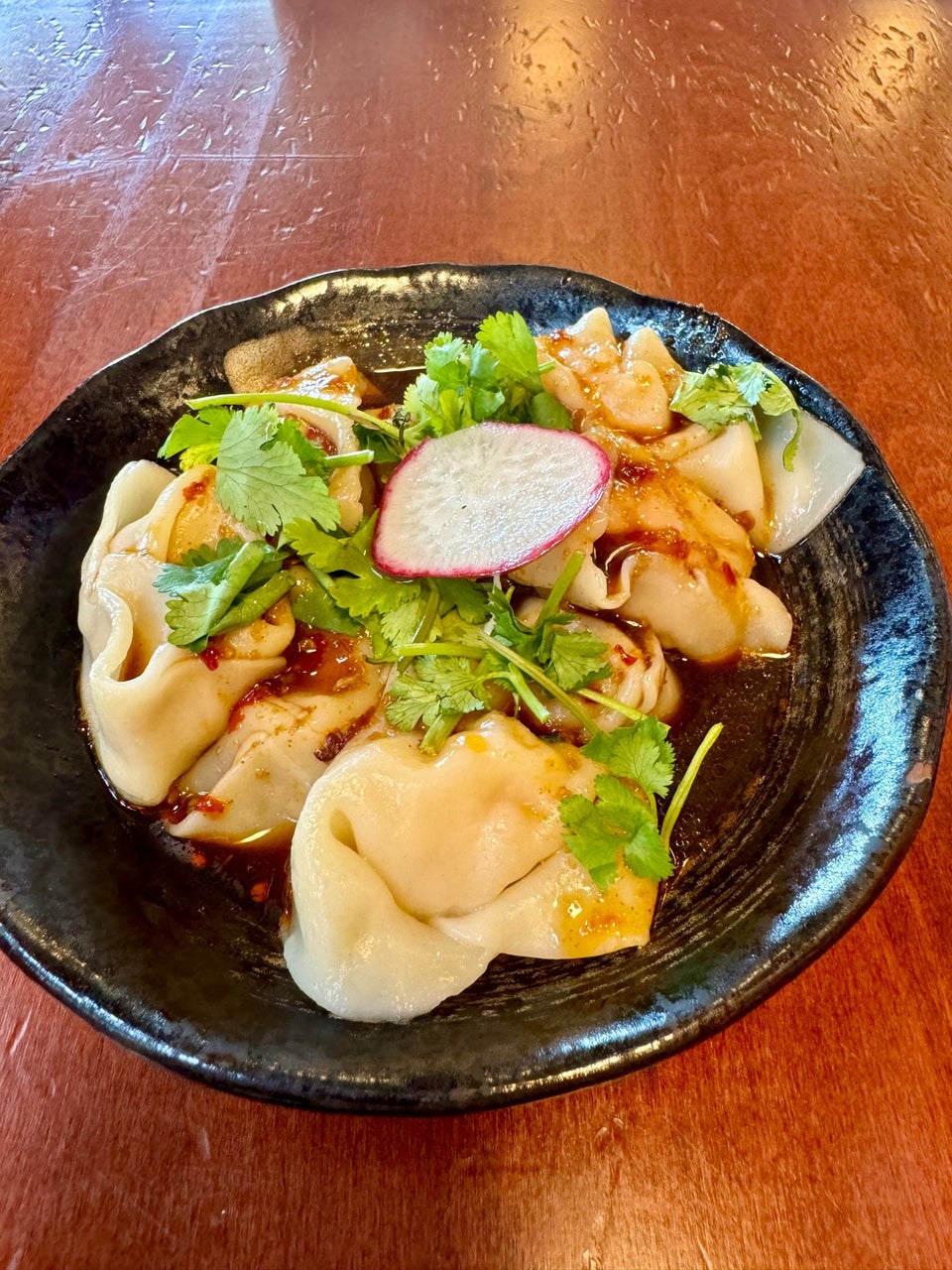

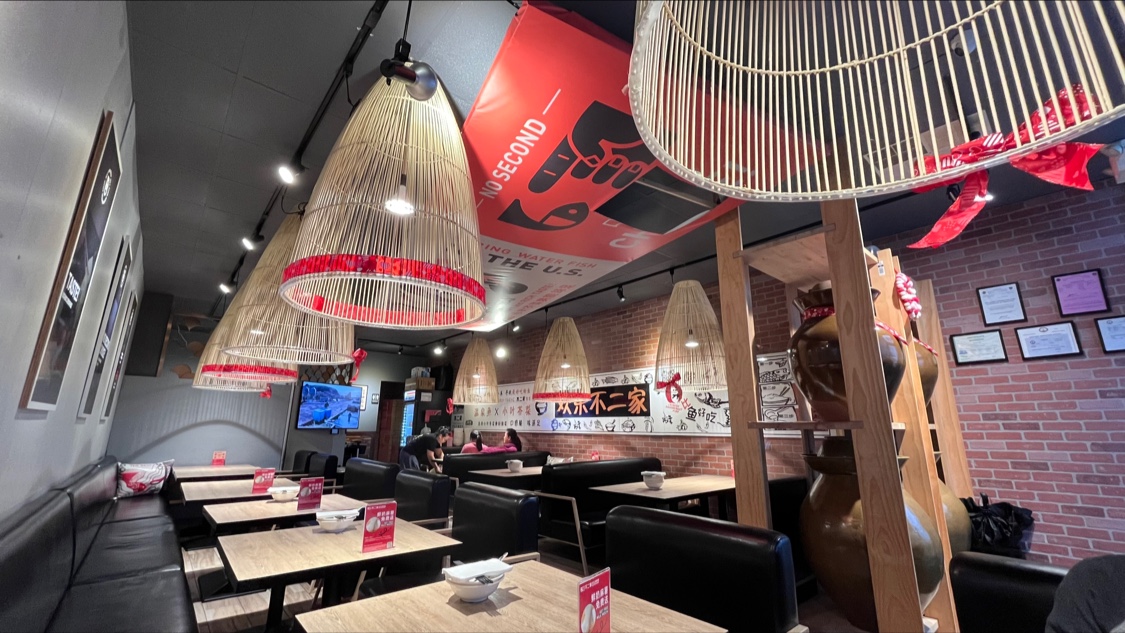
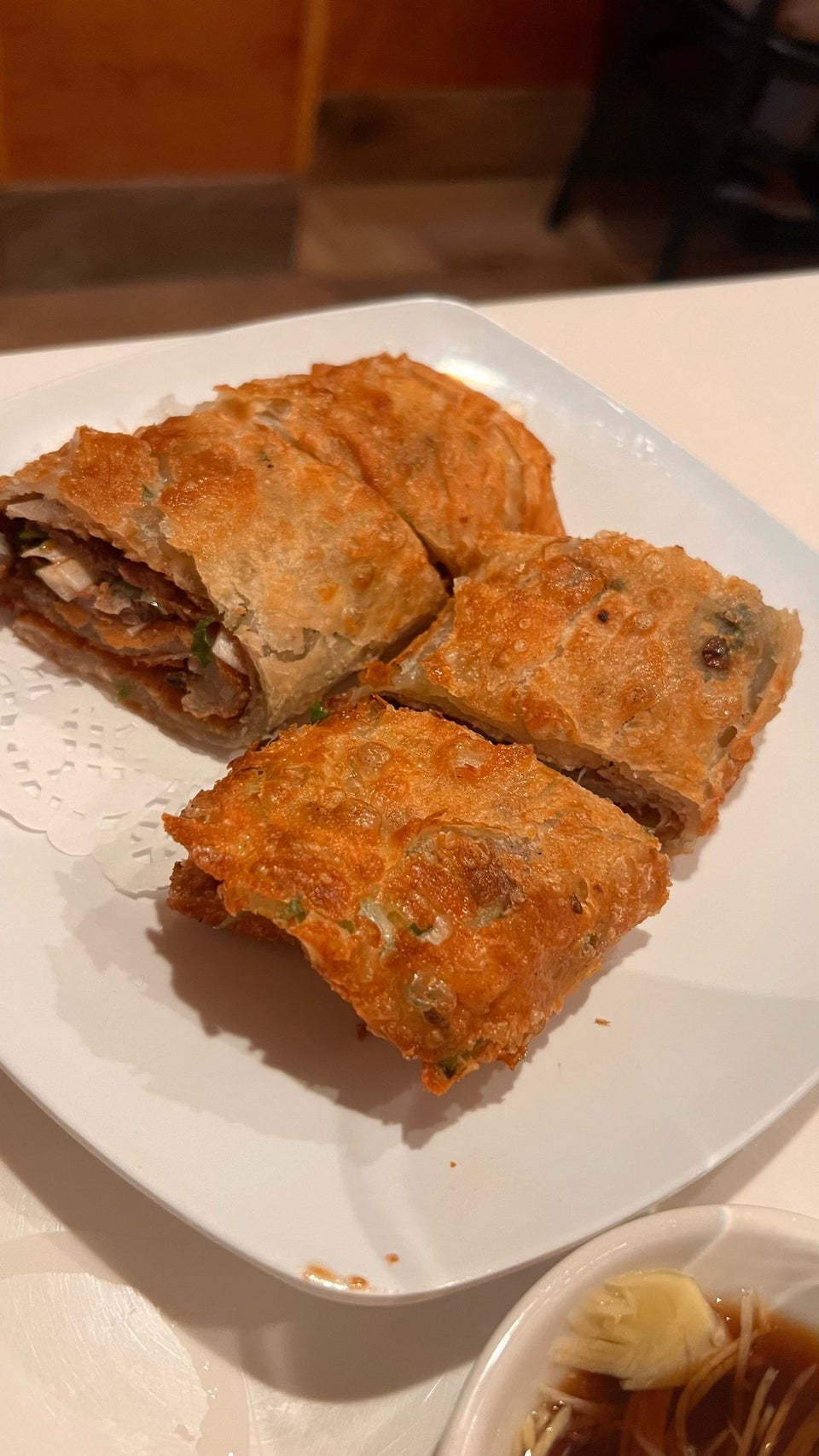


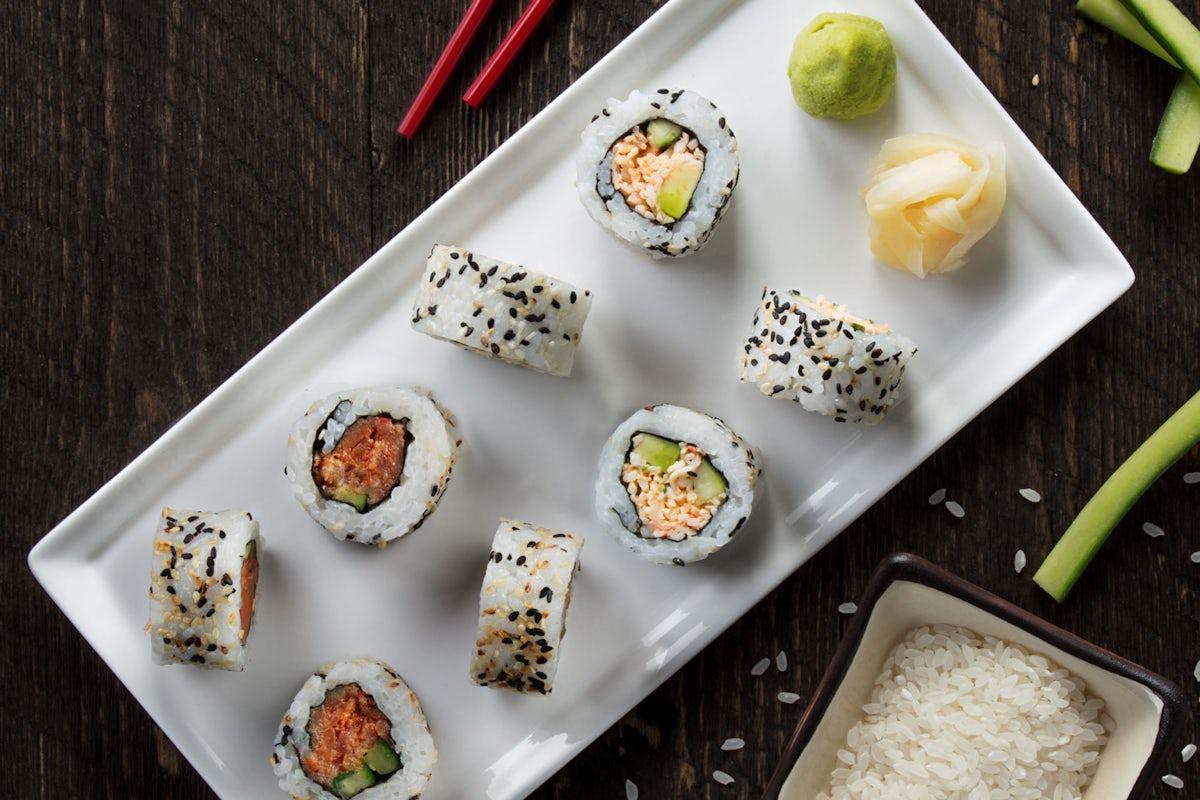
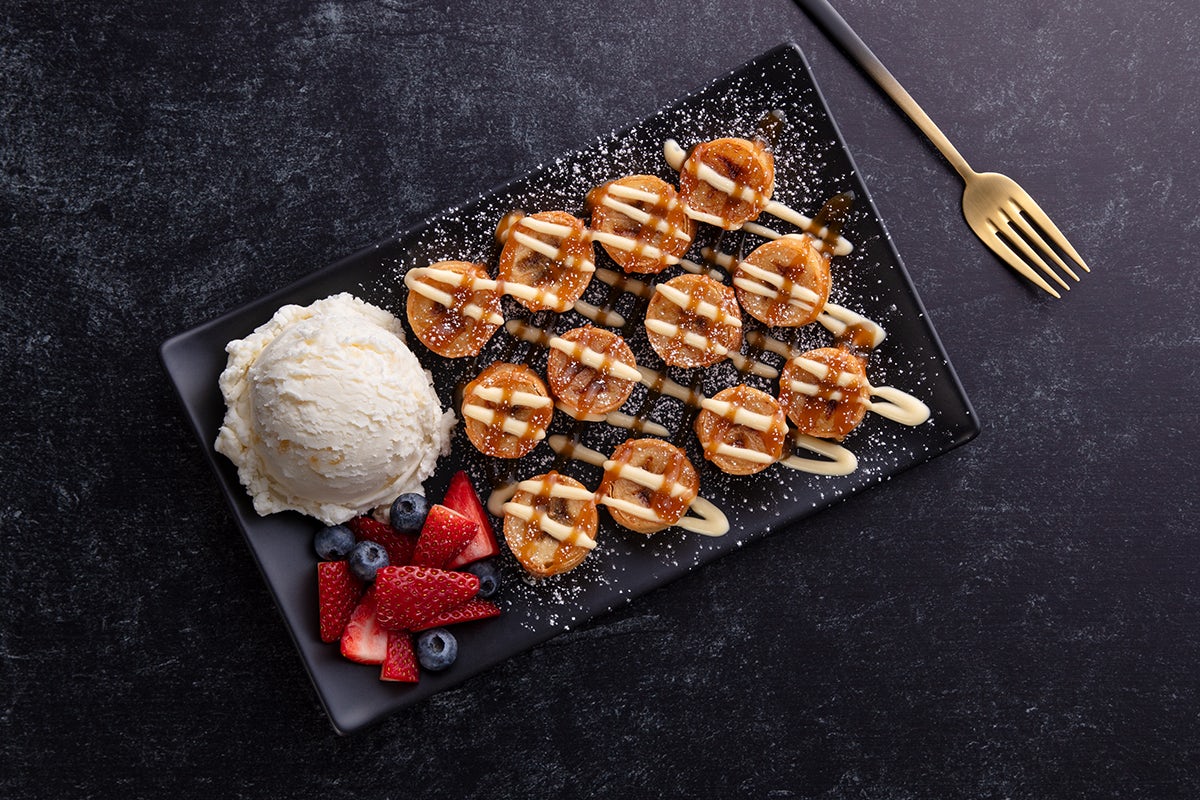

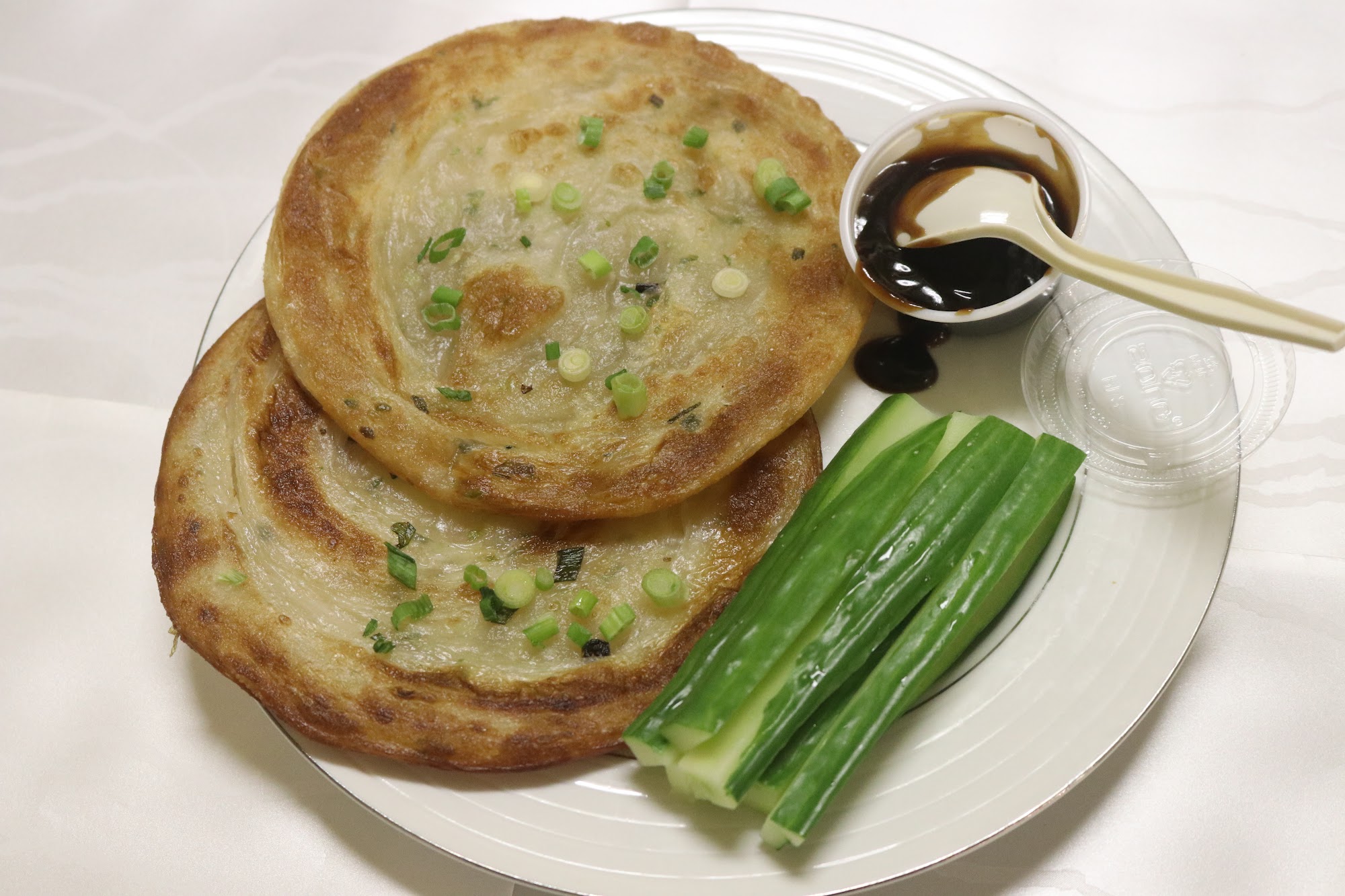


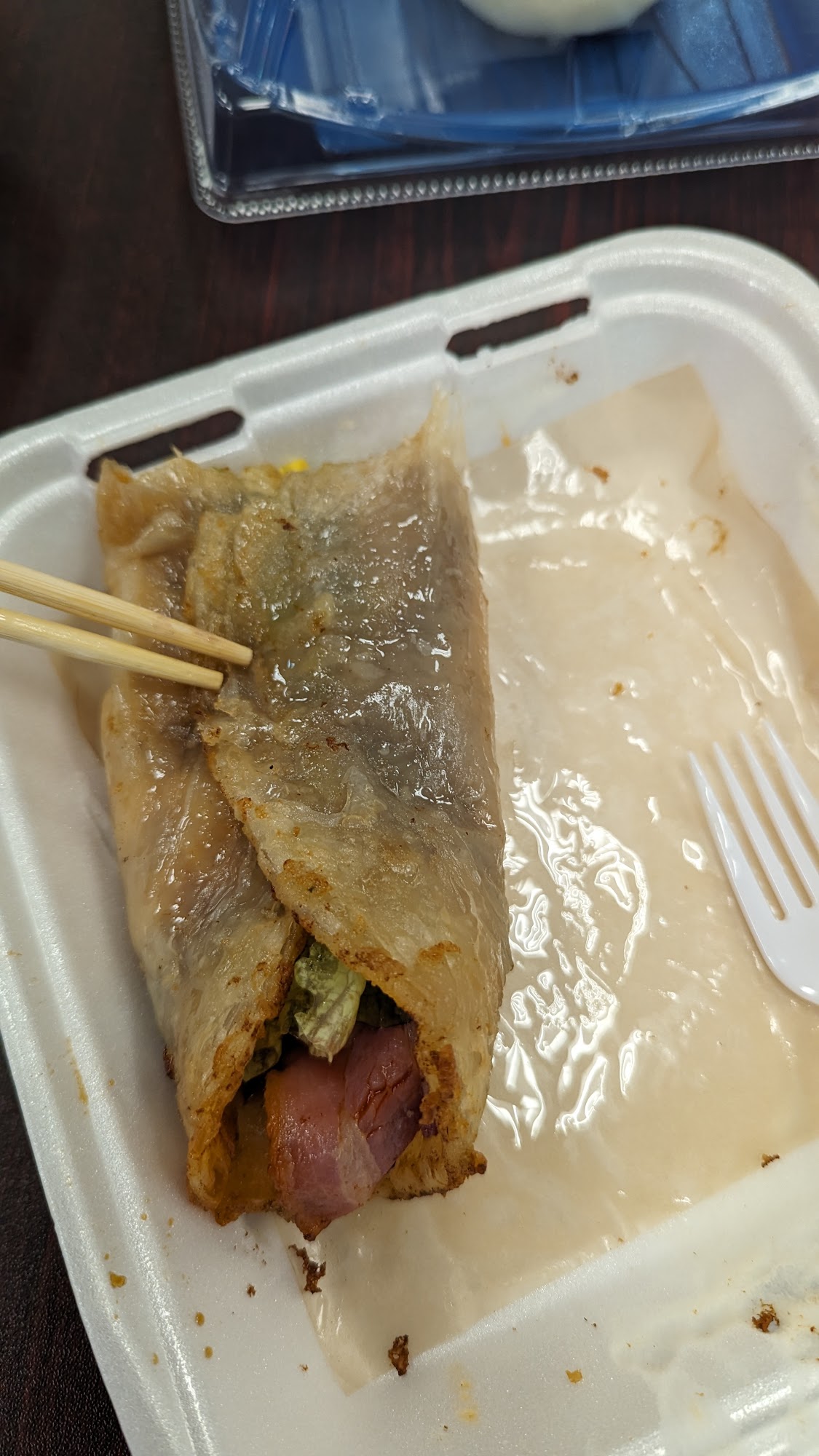



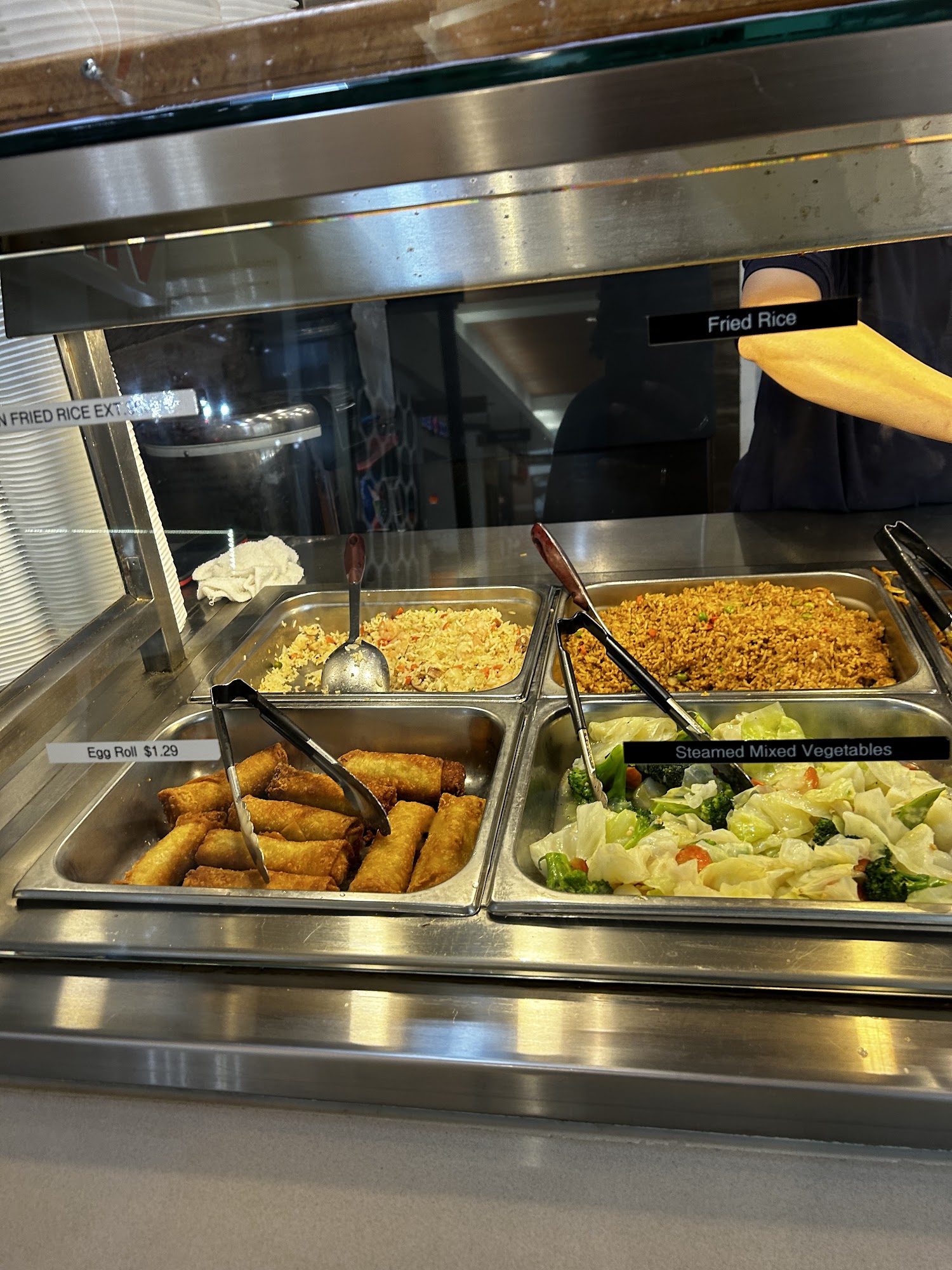





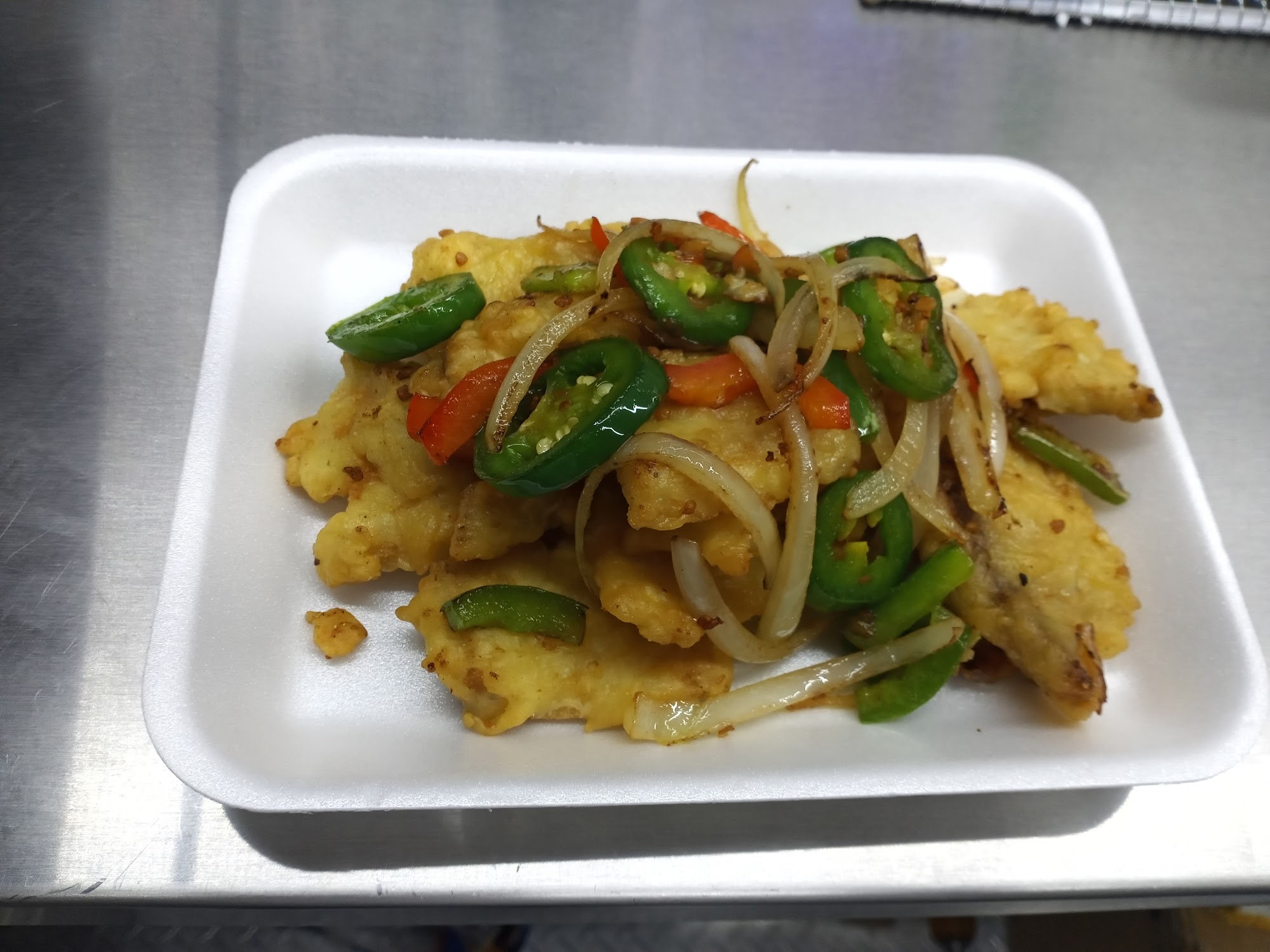
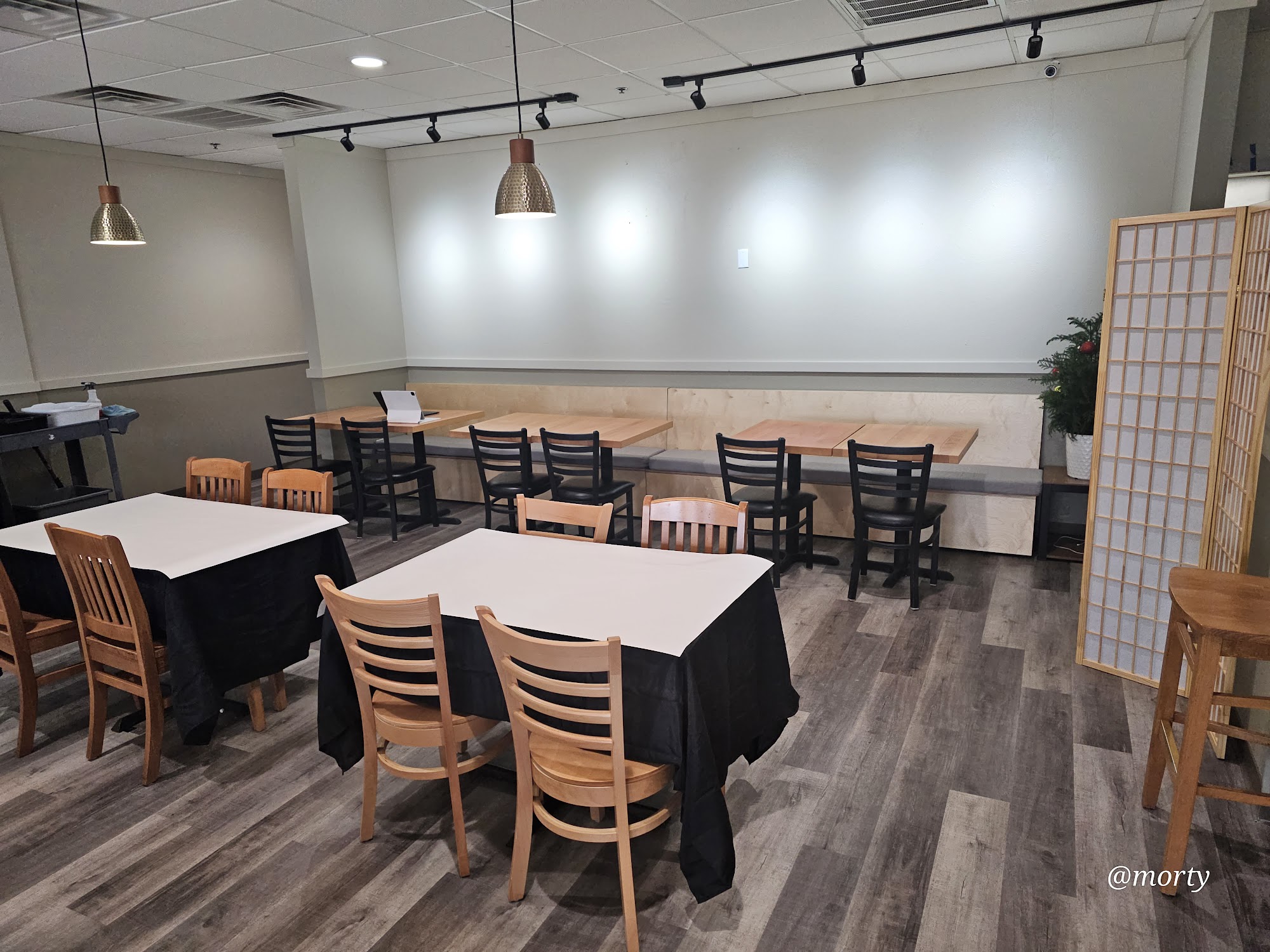
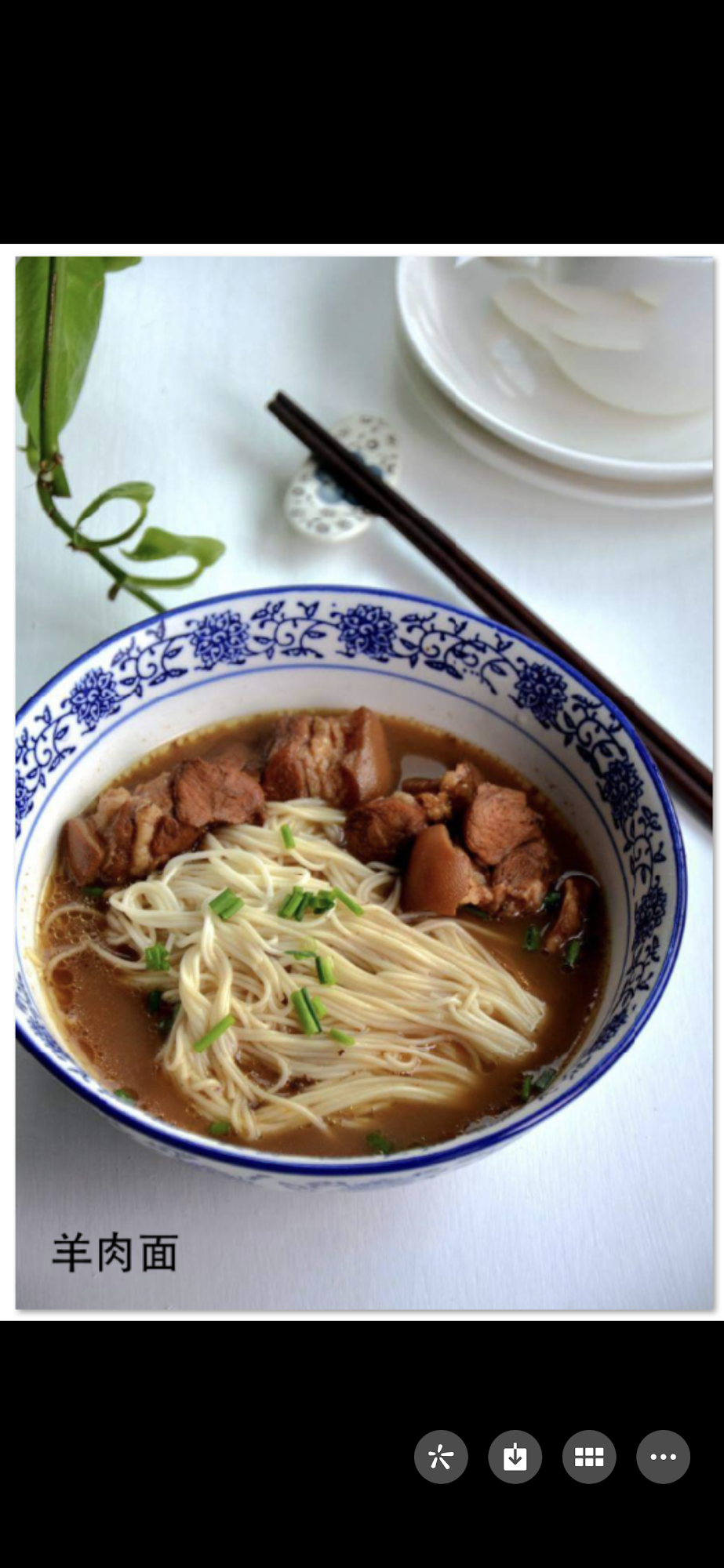

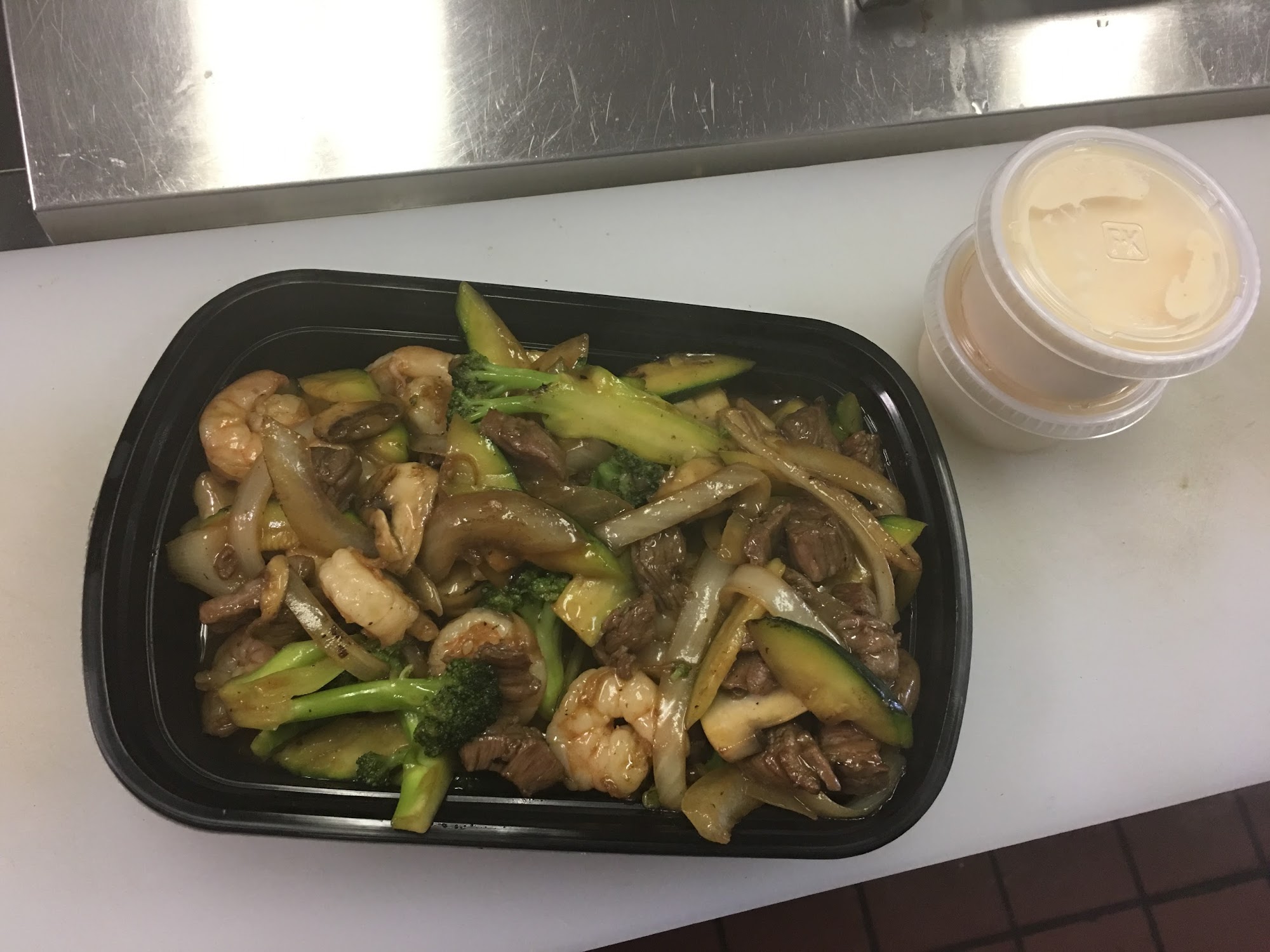








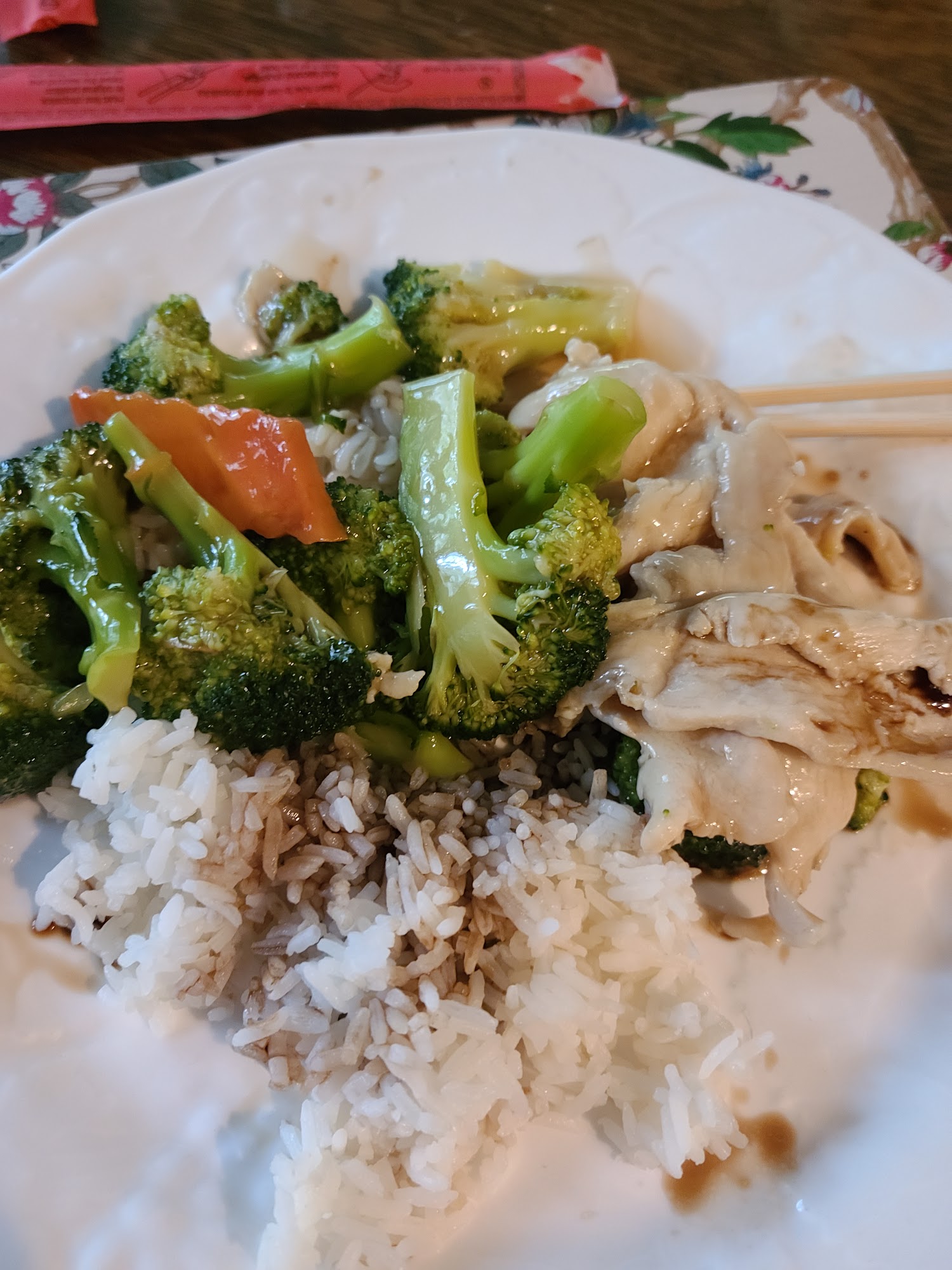
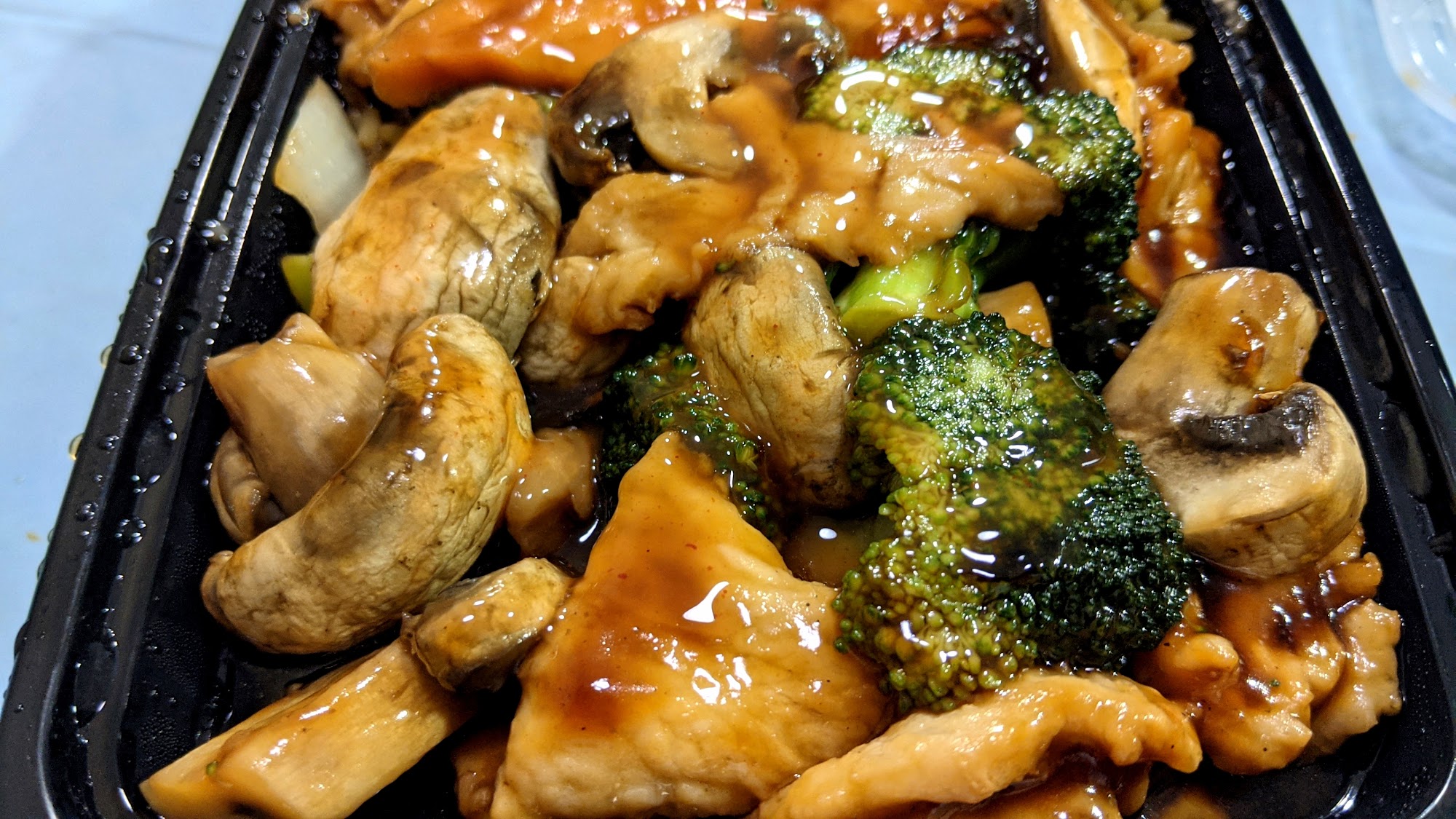
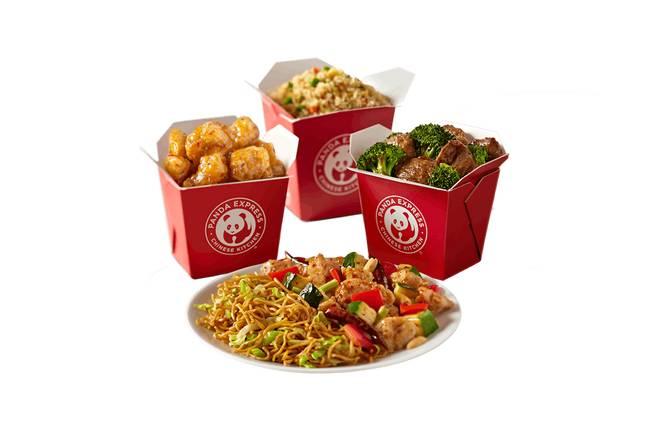



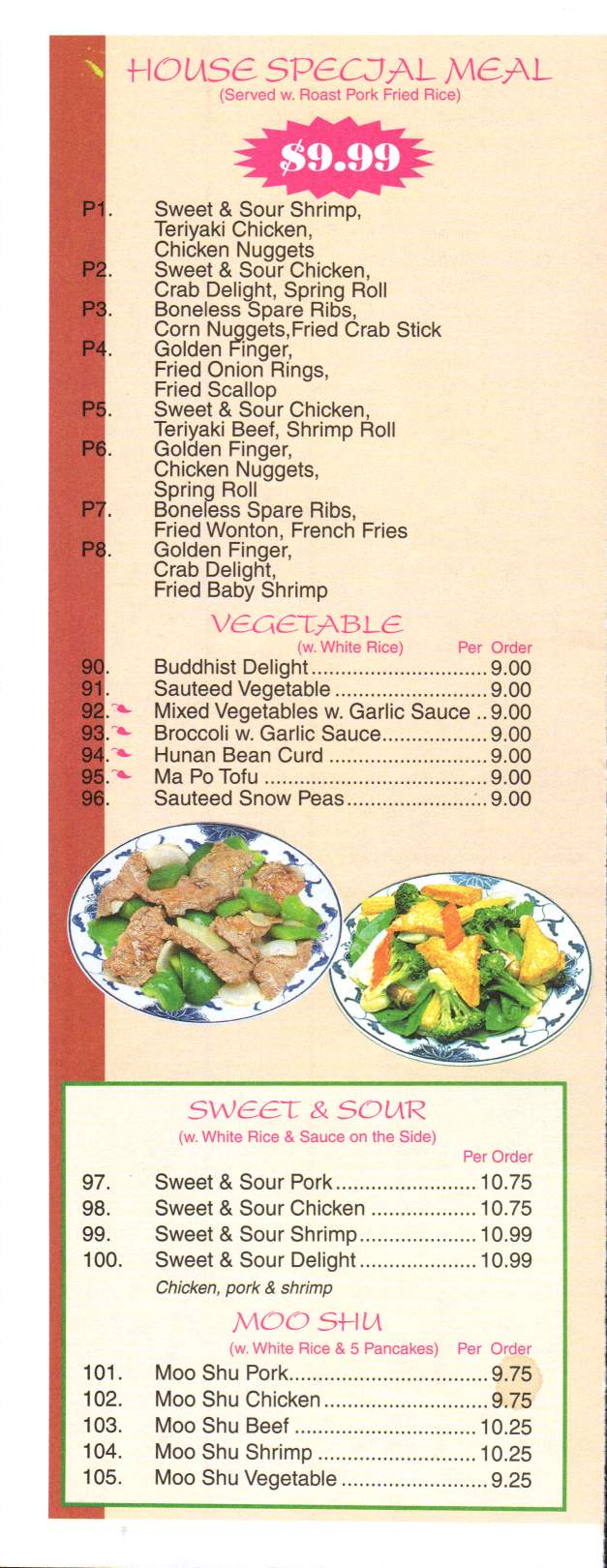


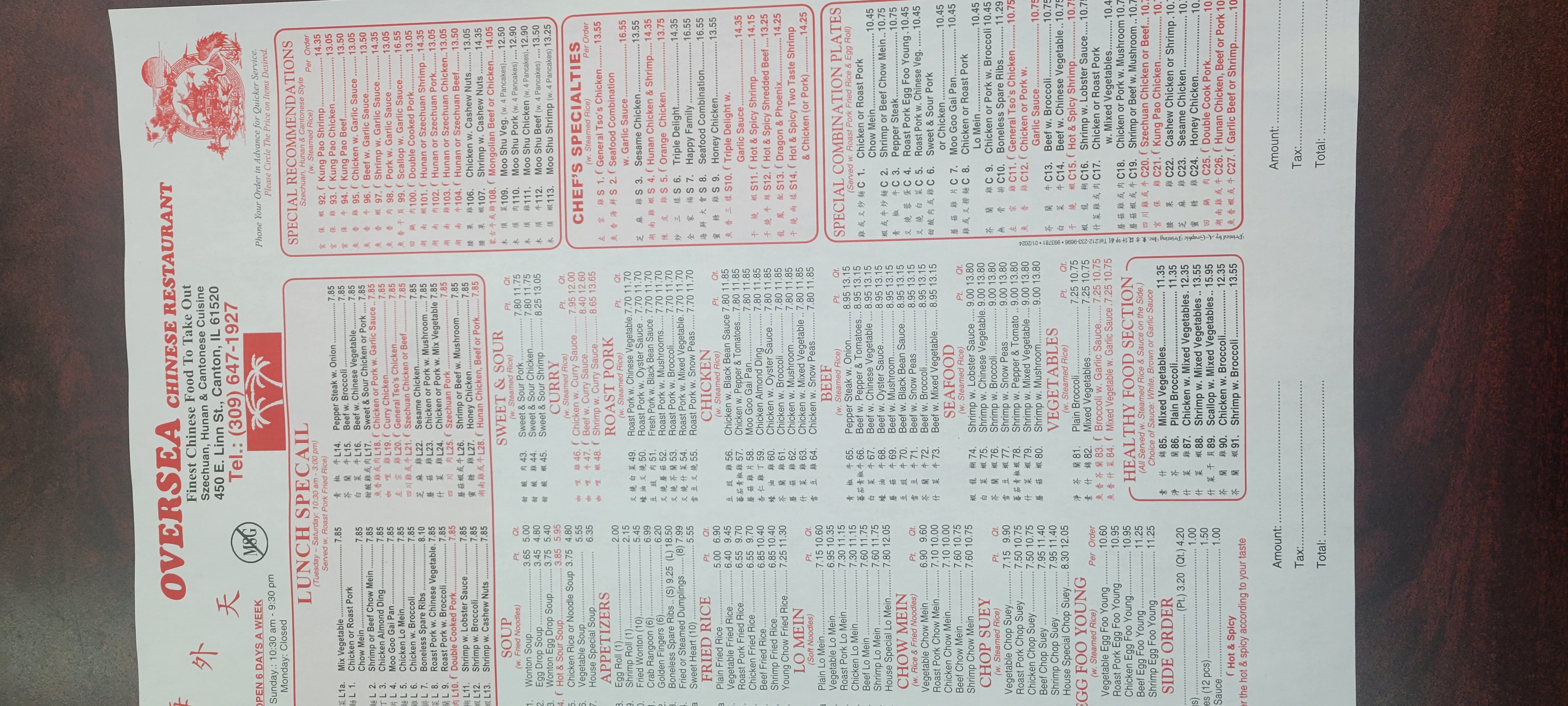
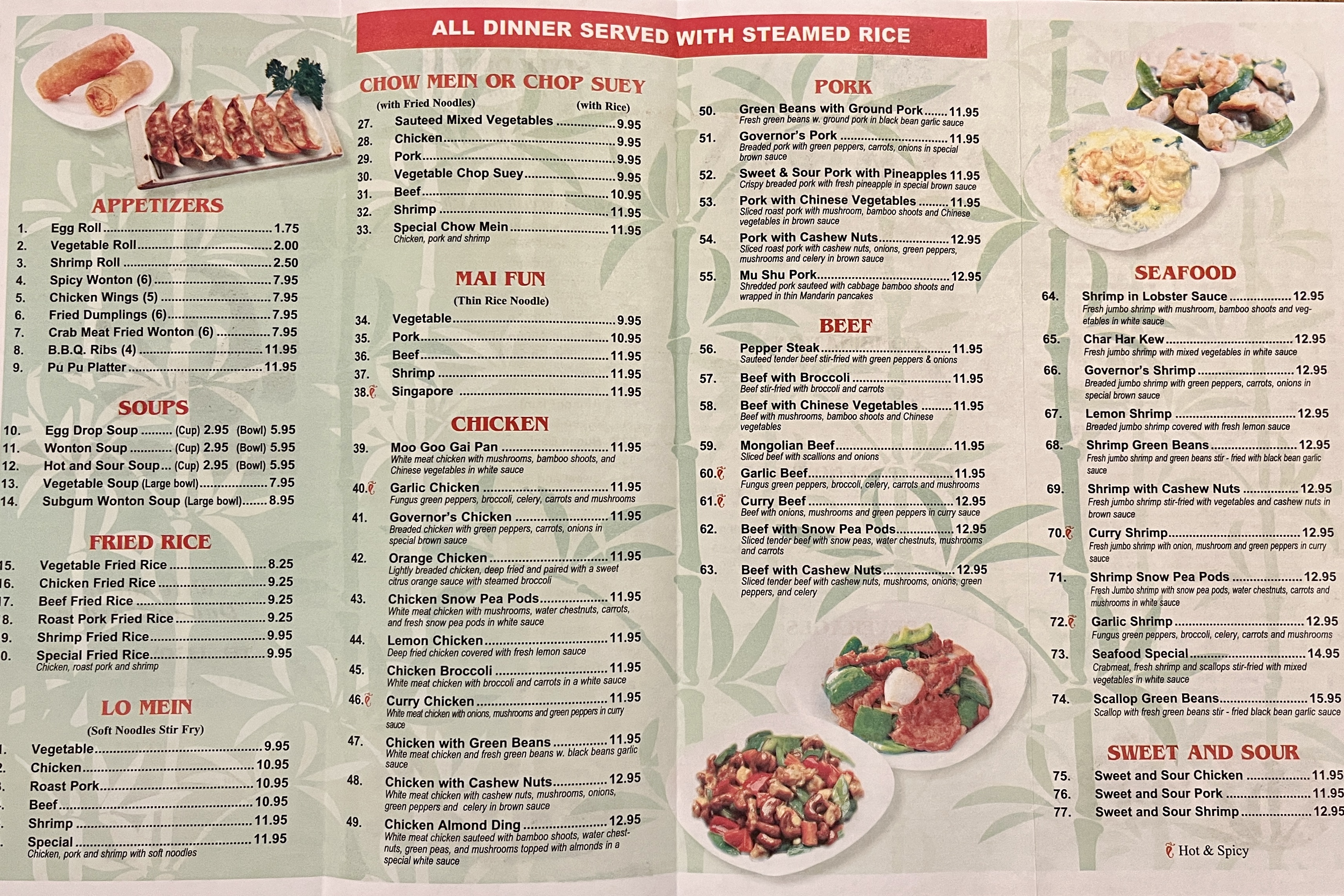


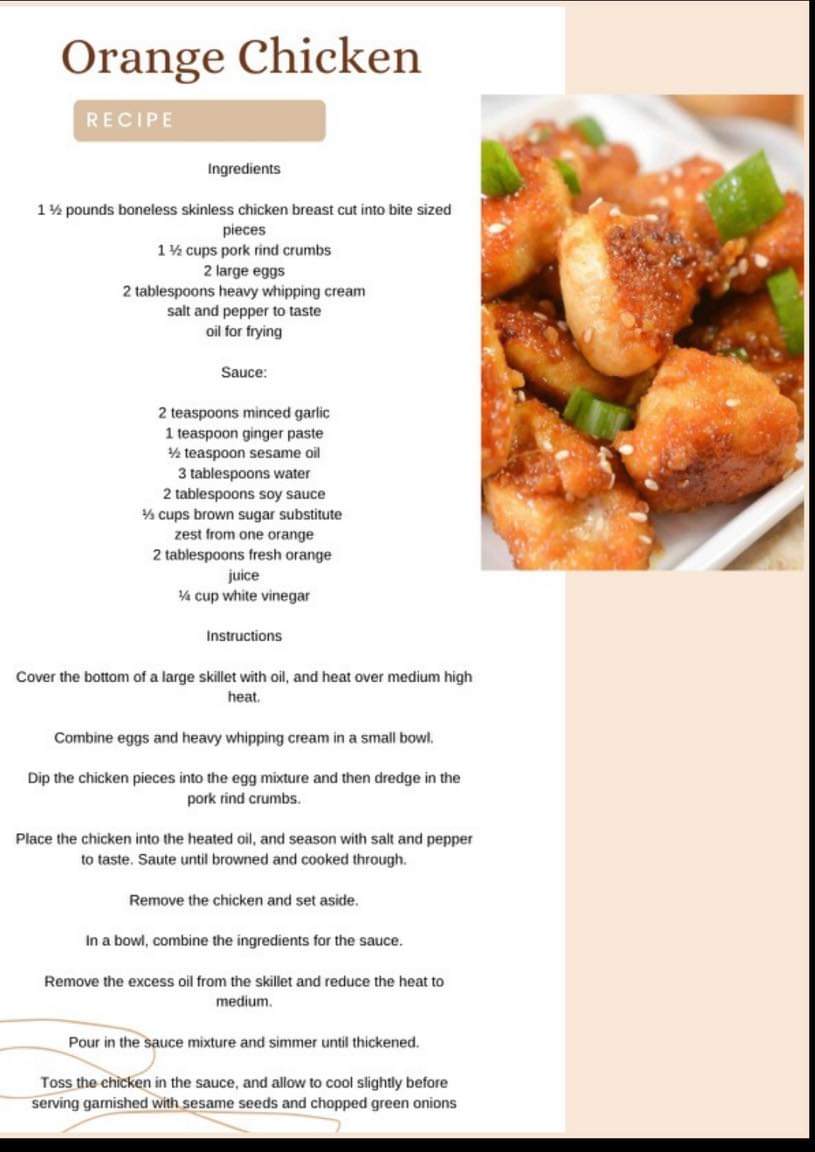

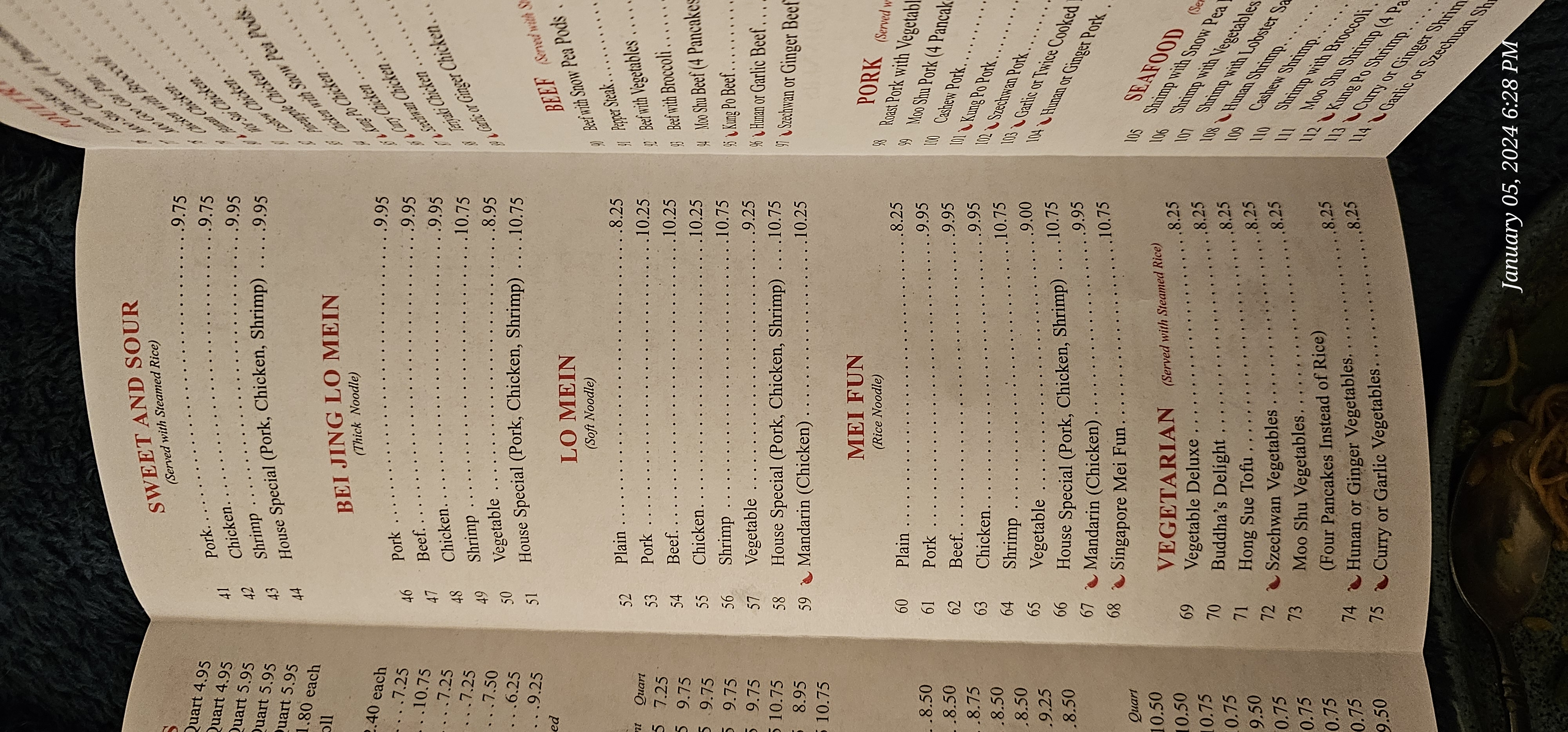
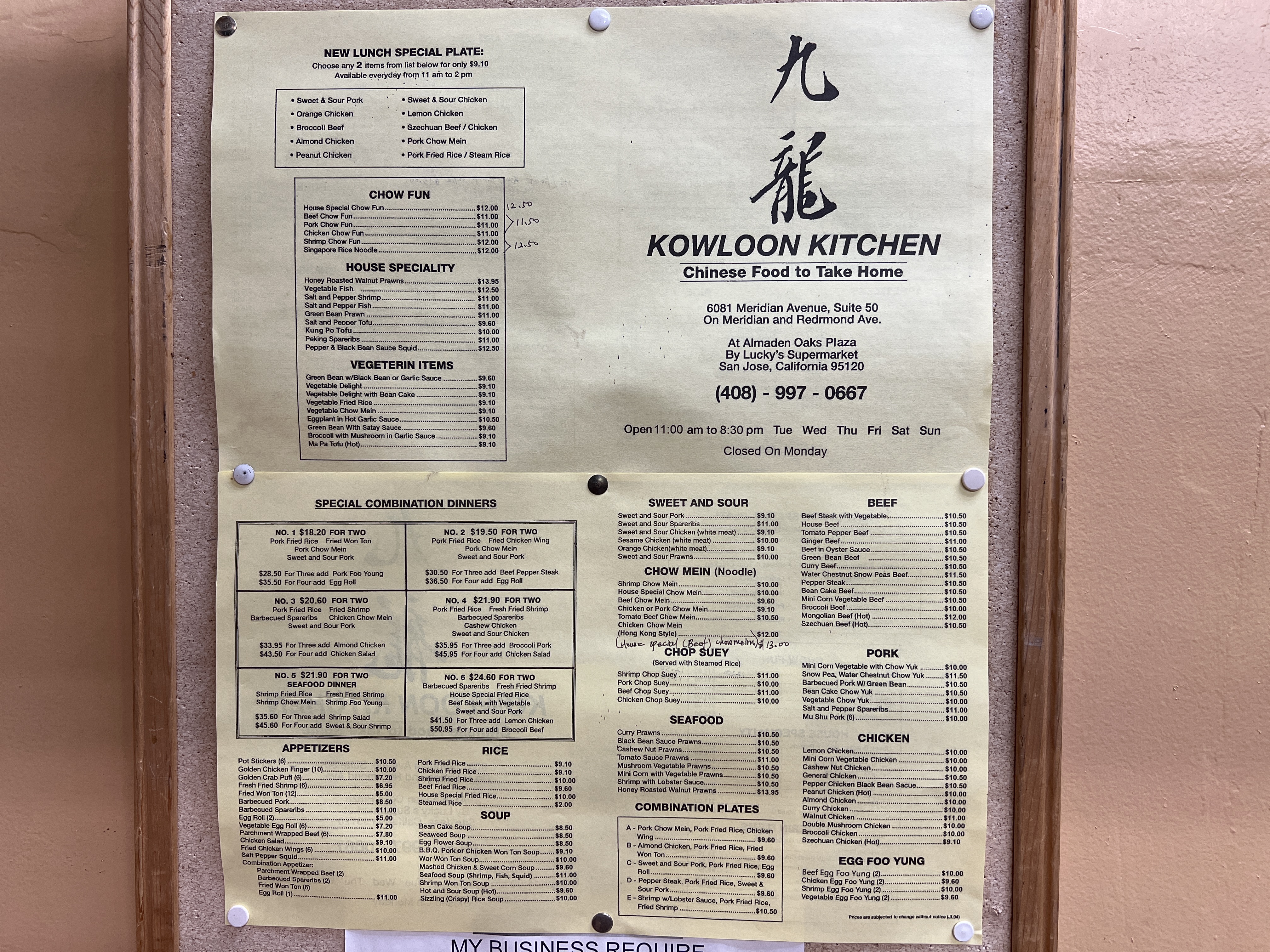



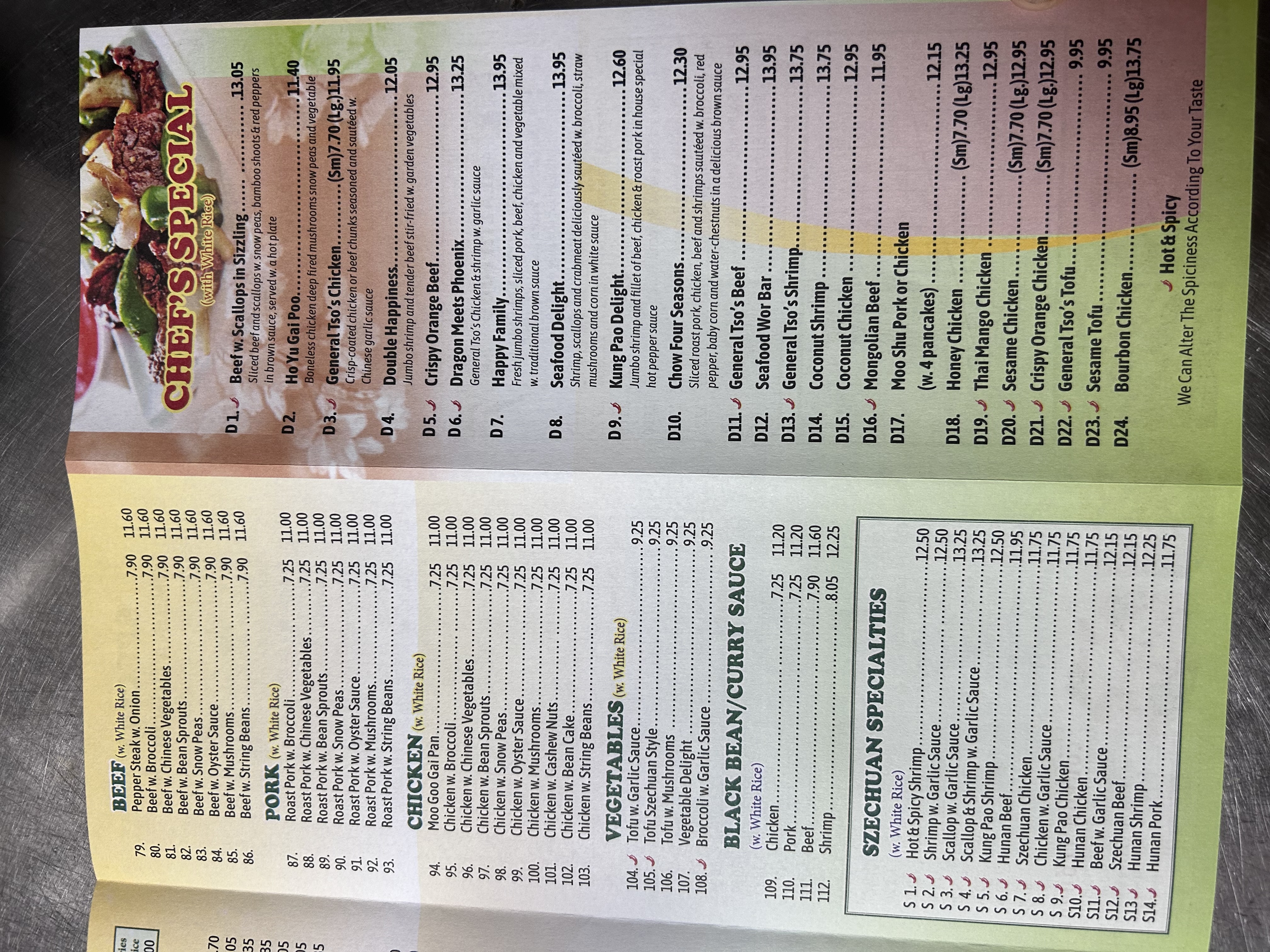
“Food was great, and the service was even better! Cal was incredible and made sure we had everything we needed. Definitely get the lettuce wraps when you’...”